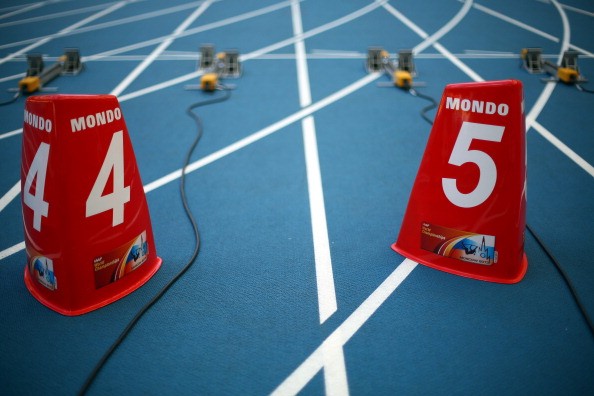The Shanghai government has teamed up with industry groups to come up with an addiitonal set of standards for artificial running tracks following a recent health scare in several schools in Shanghai and neighboring Jiangsu Province.
The current standards for synthetic running tracks only cater to dangerous substances in materials, including those of benzene, toluene and xylene, free toluene diisocyanate, as well as dissoluble lead, cadmium, chrome and mercury, Shen Weimin, deputy director of Shanghai Quality and Technical Supervision Bureau, told the Shanghai Daily newspaper on Thursday.
The standards, which were introduced in May 2012, do not cover substances like glues or other additives that are used while paving the tracks, Shen said, noting that it is possible that some of these substances could prove harmful to one's health.
The bureau will now be investigating the potential health hazards of additives used in building the tracks, but they would only introduce new standards on using such materials only after consulting with the local association of Shanghai's chemical construction materials industry.
The probe comes after two kindergartens in Shanghai's Songjiang and Minhang Districts and four schools in Jiangsu reported in September that their newly laid artificial tracks have caused nosebleeds, skin rashes and other symptoms in several students.
Experts have suggested that "unqualified" supporting materials have been used to lay the tracks and caused allergic reactions among the children, the Shanghai Daily report said.
Samples of the tracks were taken from the two kindergartens and sent to a lab in East China University of Science and Technology for testing.





















